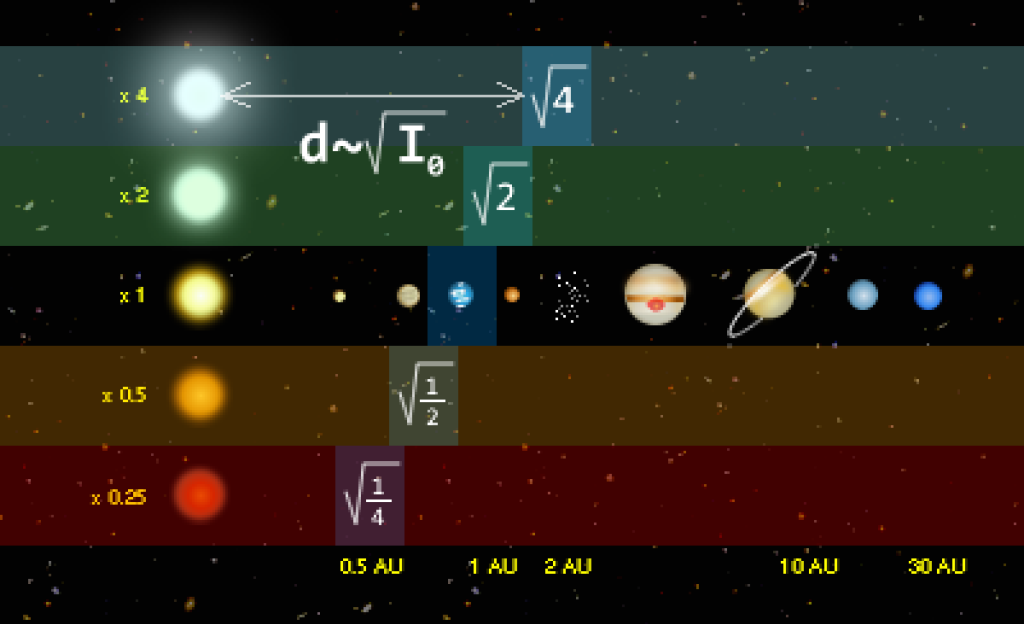The Goldilocks zone

Scientists are always searching for the origin of life, and whatever one’s position on the matter may be, one thing is for certain: the very possibility of life is owed to Earth’s position in the “Goldilocks zone”.
A report in ScienceNews notes that the Kepler spacecraft has spotted another planet that lurks in the Goldilocks zone – a fact that “adds spice” to the fascinating discovery.
When scientists talk about the “Goldilocks zone” or the “habitable zone”, they refer to a certain range in which a planet must find itself in relation to its star. Scientists are combing the universe for such planets.
Remember the story of Goldilocks and the three bears? In the story, the young girl tries porridge that is too hot, followed by porridge that is too cold. Then she strikes it lucky and finds porridge that is the perfect temperature.
Similarly, if a planet is too close to its star, there will be too much heat and the chances of life developing are almost non-existent. Similarly, if a planet is too far from its star, there would not be enough heat or energy reaching it to allow for the possibility of life.
Why is this? There are many aspects to the theory. For one thing, H20 would not be able to exist in liquid form in either of the above scenarios (this assumes that water is necessary for life, as is the case on our planet). There are also countless calculations that come into play regarding the planet’s atmosphere, weather patterns and so on.
When a planet is neither too far nor too close to its star, it is in the Goldilocks zone, and there is the possibility of life. However, it is only that – a possibility. The article reports Nader Haghighipour of the University of Hawaii as saying that a lot depends on the planet itself – “what it’s made of, what its atmosphere is, and whether its clouds are insulating”.
So unlike Goldilocks herself, who was happy to eat the third bowl of porridge, there is a lot more to the search for life than finding a planet whose coordinates are “just right”.